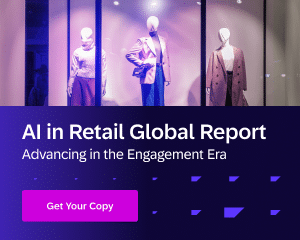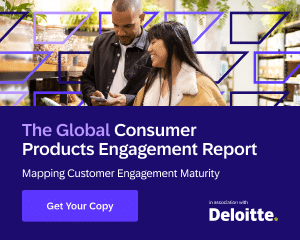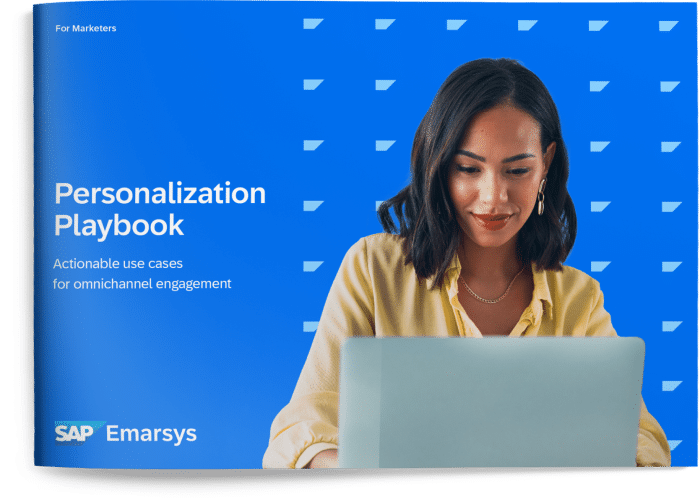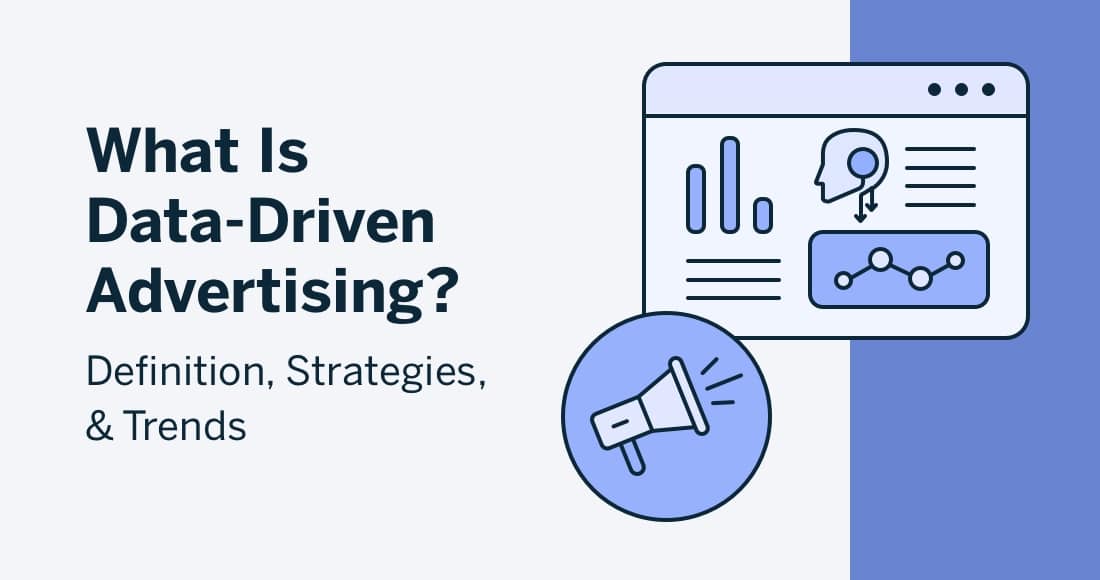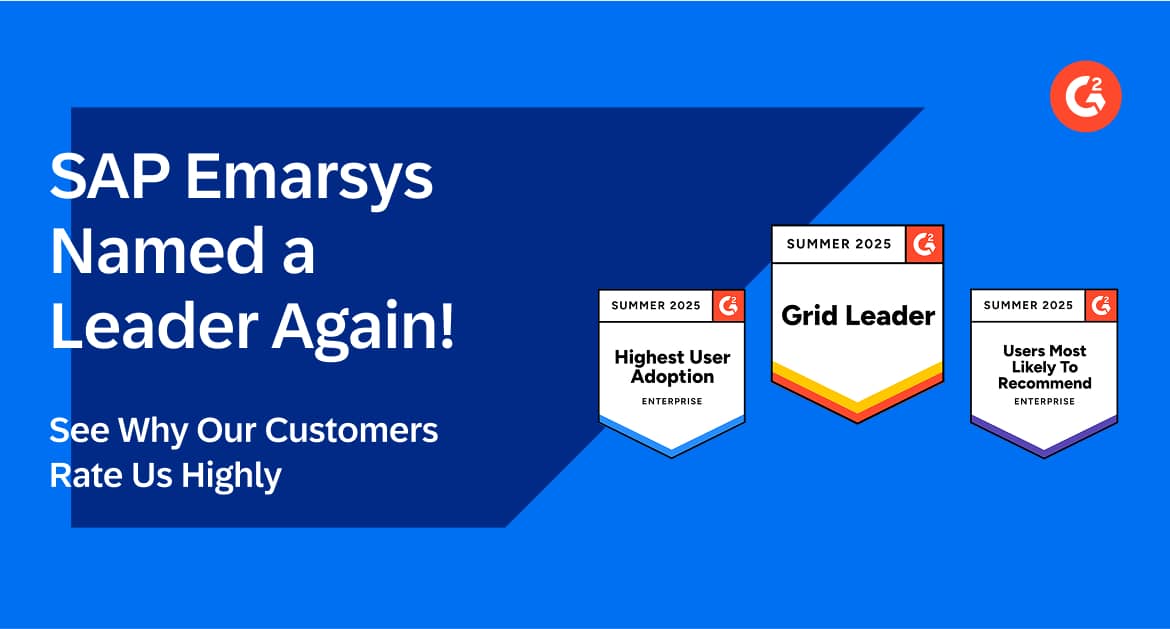Table of Contents
Data-driven advertising can be looked at as a subset of data-driven marketing.
Our focus for this mega-post will be mainly on e-commerce and will include tips for B2C brands looking to optimize ad spend and performance and who want to understand how data comes into play.
Let’s explore what data-driven advertising means, look at some innovative ways you can start using data to drive your online advertising strategy, how you can save money along the way, improve customer relationships, and increase conversions.
How Advertising Is Changing
For all intents and purposes, classic advertising in the way we think of it really began in the 1920s with those old-time cigarette and car ads. Edward Bernays, considered the founder of modern “Madison Avenue” advertising, and David Ogilvy, the “Godfather of Advertising” are generally renowned as the pioneers that really brought the age of ads to fruition.
I don’t know about you, but I love those classic advertisements. I’m an Ogilvy-schooled, “Advertising 101” fanboy — and going through college, all I’d ever been taught about advertising was how to create catchy slogans, write cunning copy, and do campaign planning. Media, measurement, and mixing in data didn’t really cross my mind. These are central pillars today.
“Half the money I spend on advertising is wasted; the trouble is I don’t know which half.”
— John Wanamaker
But now B2C marketing and advertising professionals know they have to face the facts: consumers are on overload, everything is online, and targeting, measurement, and tying performance to revenue is really what matters most.
Advertising doesn’t work like it used to. Methods that used to work just fine in the past — mass promotion like billboards, pamphlets, truck signage, magazine placements, radio spots, TV commercials, and even YouTube pre-rolls — are mindlessly ignored and skipped by today’s distracted consumer, according to Forbes.
Most of us are subjected to constant sensory overload each day. Digital marketing experts have projected that most Americans are exposed to 4,000 to 10,000 ads every day!
So, while creativity will always reign supreme for content creators, advertisers know that intelligent placement of ads backed by data is already the way of the world.
What Is Data-Driven Advertising?
Traditional “spray and pray” advertising modalities — including conventional online display — are declining in terms of effectiveness. Data-driven advertising goes beyond this “ready, aim, fire” mentality with higher levels of targeting, personalization, placement, and timing.
Here’s a brief definition:
“Data-driven advertising means using automation, AI, and machines to mechanize and scale the delivery of communications or messages to customers on a 1-to-1 level. It takes into account all of the data you have about customer behavior and applies it for more meaningful interactions.”
Experiential marketing is its own beast, so our discussion today will exclude experiential methods. This is partly because a good portion of what constitutes advertising today also means it’s online. Most digital marketing teams are tasked with driving conversions and revenue across web-based, online channels.
The lines are also becoming blurred between what’s an ad and what’s legitimate content — enter “native advertising.” Advertisers are also beginning to understand the distinction between interruptive vs. permission-based marketing. I’d argue that all online advertising should be either permission-based or at least native (in-stream) where your consumers are likely to be receptive to such messaging.
First, let’s explore three of the most prominent options for B2C brands to use in order to acquire new customers (or get old ones back) with advertising methods that leverage data.
Benefits of Data-Driven Advertising
Here are just some of the benefits of using data-driven advertising strategies:
Strengthen Emotional Connections With Your Audience
With data-driven advertising, you can gain more insights into how buyers engage with your brand.
You have the ability to create highly-targeted campaigns with personalized messaging to resonate with consumers. Data enables you to target the right prospect in the right way across multiple touchpoints in the customer journey.
Reduce Costs and Risks With Predictive Analytics
Predictive analytics involves using data, AI, and statistical algorithms to predict outcomes and consumer responses. With predictive analytics, you can develop accurate and targeted marketing strategies based on insights gained from past campaign performance. Essentially, predictive analytics can help you fully utilize data sets to drive business decisions that reduce costs and risks.
For example, Emarsys’ Predict recommendation engine analyzes behavioral data collected from your website using our JavaScript API to power predictive analytics. This is then used to deliver personalized recommendations to all your customers across email, mobile and web.
Real-world applications of this include:
- Personalized recommendations in newsletters – Any email campaign can be improved by personalized content with up to five times more clicks than on regular content.
- Repurchase campaigns – Target existing customers with relevant products based on their most recent shopping behavior.
- Abandoned cart campaigns – Predict can place proven related products alongside abandoned items for better cross- and up-sell opportunities.
- Enhancing the browsing experience – Predict updates its website recommendations while the visitor is browsing, resulting in up to four times more conversions.
More Efficient Media Buying Strategy
Data analytics provides valuable insights into your prospects’ spending habits, demographics, behaviors, passions, and more. Data removes all of the guesswork so you can build a media buying strategy based on what works and avoid what doesn’t.
3 Data-Driven Advertising Strategies for E-Commerce
Brands across the globe are leveraging search data, browsing and buying behavior, historical data like past purchase history, engagement trends, location data, and more to deliver personalized online advertising, according to Forbes. There are literally dozens and dozens of ways to use data for online advertising. But we’ll focus on a core few, here.
Creating a data-driven advertising strategy can include these three elements depending on how they fit into your overall marketing strategy.
1. Advertising on your website
Attracting audiences to your owned “land” is emerging as a go-to acquisition method for brands that prioritize quality over quantity. It’s about converting visitors that arrive at your site, either organically or from paid methods. And there are a few notable ways to do it once visitors arrive.
► Banner overlay
Consider banners at the top of your web pages as a minimally intrusive form of permission-based advertising.
Obviously, these bars don’t restrict the customer experience, yet they’re prominent and bold enough to catch attention when someone is visiting your website. You can leverage data to ensure that visitors already in your database wouldn’t see the subscription bar.
► Exit intent overlay
I’ve seen lots of articles explaining this modality, but that’s because they work when done well. When known contacts show exit intent, you can use their data to show product recommendations to drive engagement and next best action. For anonymous visitors, include a promotion and request for an email address.
These can also be shown to visitors upon entering the website.
► Web acquisition box
Like sticky bars atop your pages, acquisition boxes are a subtle, non-interruptive form of data-driven advertising that lets consumers decide if they want to join your club.
You can use what you know about browsers to distinguish between subscribed and unsubscribed users, and set the content within the box to change based on the visitor.
2. Facebook Lead Ads and Lookalike targeting
It’s time to take to the social spheres to get the word out, and target people most likely to want to interact with you… all based on data you already have. Social media and the Google Display Network provide an excellent opportunity to reach your audience in-stream as they’re browsing their feeds.
► Lead Ads
Facebook Lead Ads allow you to reach existing or new audiences with relevant content that’s aimed to drive action like a conversion then and there.
For example, let’s imagine a member of your target audience is a travel enthusiast who recently booked a vacation ski trip in Colorado. From this data, you could automatically offer relevant deals on lessons, lodging, airfare, and similar vacation ideas that would appeal to that target audience. Fashion retail marketing professionals can create ads showing off their hottest items, either seeking a subscription or click-through.
Lead Ads are one way to connect with your audience by allowing them to sign up and receive more information (or purchase) with just one click.
► Lookalike Audiences
Similar to retargeting ads, you can use social media to your advantage by creating Lookalike Audiences for more personalized ads across Facebook, Twitter, and Instagram.
These new audiences look like your existing CRM database contacts and will be more likely to engage for that reason. The best part? There’s no guess (or manual) work involved… it’s all based on data.
By turning your social media outlets into a vehicle to build your email list, you can build your database via a new stream of potential buyers.
3. Mobile advertising
Mobile, in general, is more of a push channel – however, let’s focus on your mobile app, for a moment, and how you can use it to advertise to engaged users.
► Push notifications
Push is a great way to attract existing users into the app and engage dormant or high-frequency users.
Sandra Wroe at WorldRemit described how their app users can sign up for daily push notifications to see daily transfer rates in lieu of emails. These notifications alone drive nearly 8% of their app traffic, providing another option or outlet to receive communications.
Push notifications aren’t as intrusive as, say, old-fashioned banner ads, and they can be personalized for each member.
► In-app messaging
Leveraging data you have about app users, you can understand which kind of content will be most relevant for specific users when they’re using the app.
If one demographic, for example, has an affinity for a certain category, you can use in-app messages to notify them about new products that become available. You can also personalize in-app messages based on location, weather, actions being made in real time, and more.
Bonus! In-store to mobile
For retail brands with physical stores: use in-store signage to encourage shoppers to get engaged with you online so you can build your database and engage with them via digital channels.
Turn anonymous in-store browsers to known CRM database contacts with incentives and deals that get them involved via SMS, the app, and email. Then you can begin not only building your email or SMS list, but start generating data about new contacts.
The Role of Data in Personalized Advertising
Personalized advertising — a term I never expected to be writing about even five years back — is the only way to advertise effectively, especially online. Doing so requires legally obtained, high-quality, and a relatively high quantity of clean data in order to work in a functional way.
Ridiculous amounts of data are being produced each day — an estimated 2.5 quintillion bytes globally, in fact. Advertisers can use this data to execute individualized marketing.
AI-Powered Personalization
With all that data, how do you ensure you’re getting the most out of it? How do you unlock the business opportunities hidden in your data, and deliver the relevant, personalized ads that increase purchases and drive revenue?
Here’s where the power of artificial intelligence can help.
Emarsys’ Personal Logic capability is a great example of AI-powered personalization in action. It marries recent browsing activity and purchase history with pre-defined, product recommendation logic to help enable true 1:1 personalization.
In practical terms, this means you can create campaigns for top-spending customers that contain personalized recommendations for more expensive items that align to that customer’s individual interests and behaviors.
It works by using:
- Your contact’s browser history
- An item-to-item similarity based on the co-occurrence of products in the historical user sessions.
- Other crucial data points that tell the story of your customer
Final Thoughts
From the old-time “one pagers” and classic newspaper ads that will forever live on in the annals of advertising greatness to modern-day experiential tactics and masterful online ad campaigns, the only constant in marketing is change.
Technology is quickly revolutionizing how brands advertise to their customers. Today, it’s about much more than simply reach and creativity. It’s about “wowing” a target audience by leveraging the tech that can help, and reeling them into your owned platforms where you can service them with personalized experiences.
With the right tech solution at the helm, you can finally flex your marketing muscles — creating the most awesome, attractive data-driven ads — like you’ve done never before.
